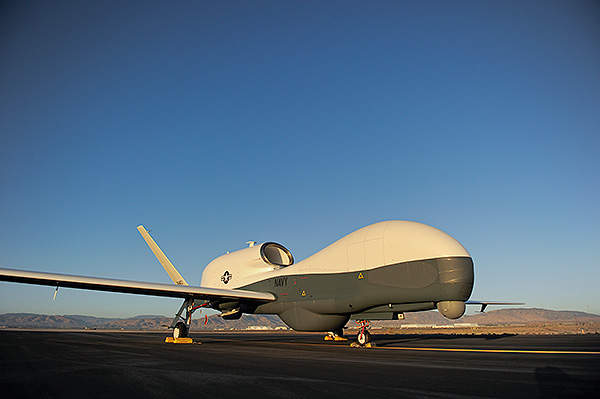
The MQ-4C Triton broad area nautical surveillance ( BAMS ) unmanned aircraft system ( UAS ) is developed by Northrop Grumman, for the US Navy. credit : Alan Radecki .
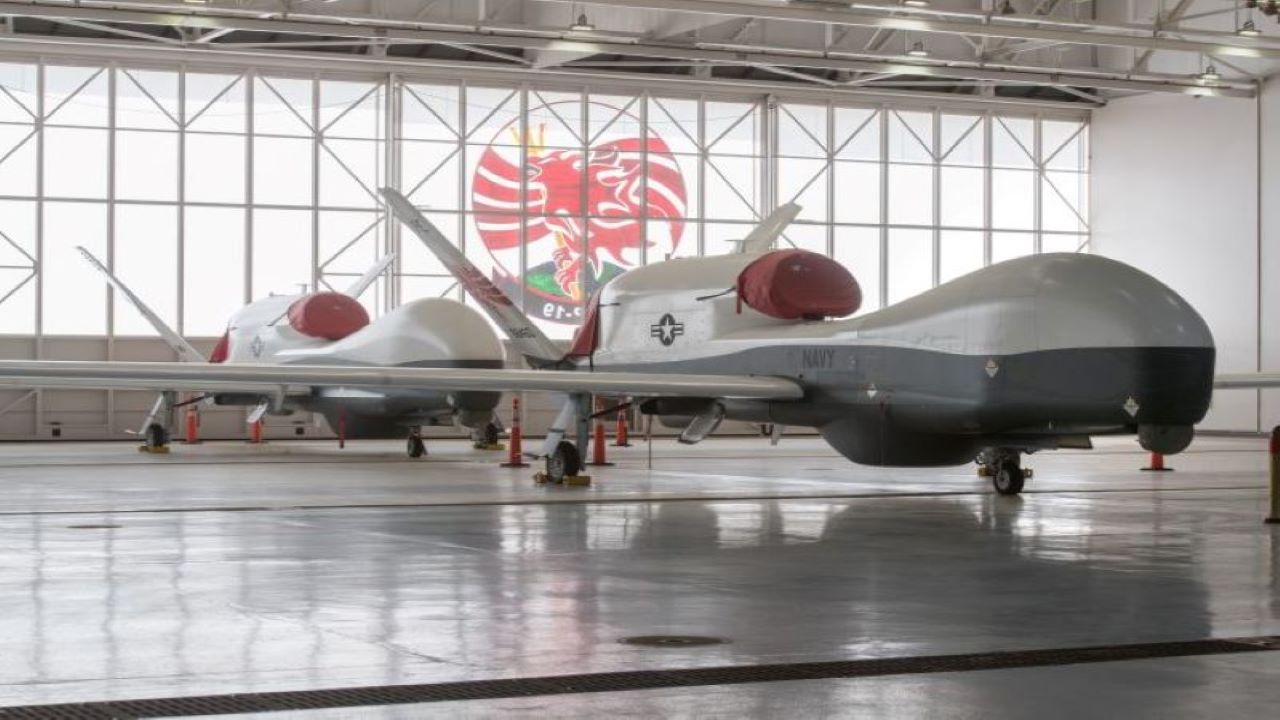
The MQ-4C Triton commenced flight operations on 31 May 2018. credit : Northrop Grumman Corporation .
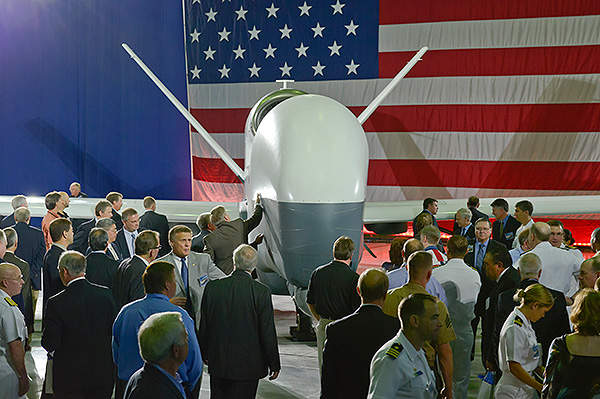
The first MQ-4C Triton BAMS UAS unveiled during a ceremony at Northrop Grumman ‘s Palmdale fabrication facility. credit : Alan Radecki .
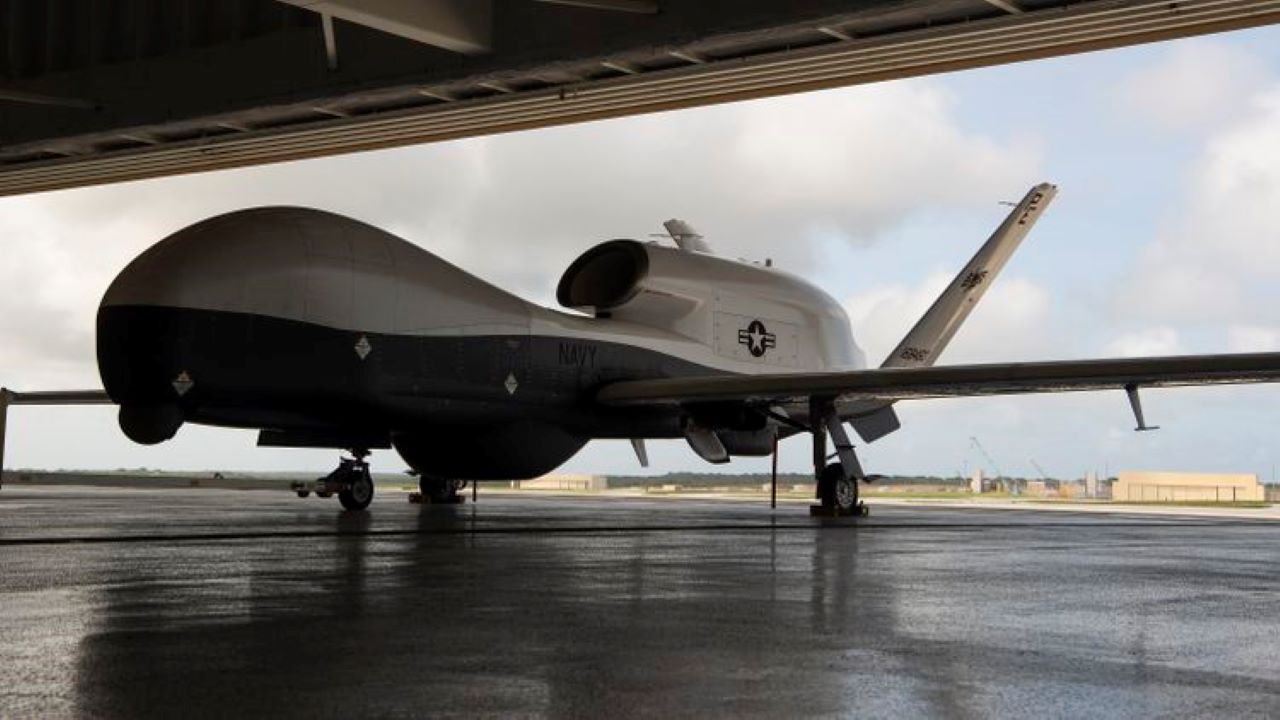
The MQ-4C Triton unmanned aircraft system was deployed for the beginning meter on 26 January 2020. credit rating : Northrop Grumman Corporation.
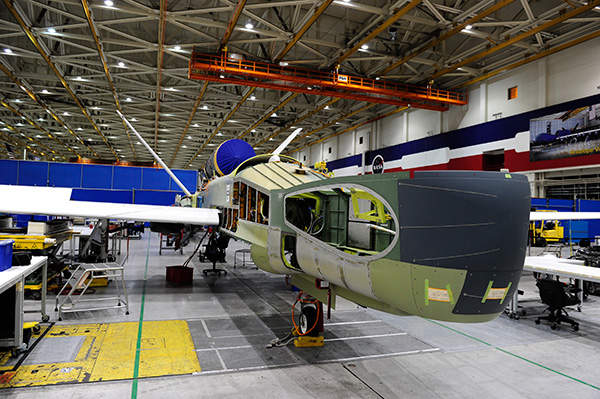
The first MQ-4C Triton BAMS UAS undergoing final assembly at Northrop Grumman ‘s factory .
MQ-4C Triton is a fresh broad area maritime surveillance ( BAMS ) unmanned aircraft system ( UAS ) unveiled by Northrop Grumman for the US Navy .
The UAS will complement the united states navy ’ south Maritime Patrol and Reconnaissance Force syndicate of systems, delivering SIGNET ( signals intelligence ), C4ISR and maritime fall upon capabilities .
The MQ-4C Triton program is managed by the Persistent Maritime Unmanned Aircraft Systems Programme Office ( PMA-262 ) .
BAMS UAS programme details
The BAMS UAS was acquired under a US Department of Defence ( DoD ) Acquisition Category ( ACAT ) 1D program and Northrop Grumman was awarded a $ 1.16bn contract for the MQ-4C BAMS program in April 2008. The program saw the completion of a preliminary blueprint review in February 2010 and a critical purpose review in February 2011 .
The first gear of the three fuselages of MQ-4C was completed in March 2011 and the ground station testing of multifunction active detector ( MFAS ) radar was completed in November 2011 .
The flight screen of MFAS on the Gulfstream II testbed aircraft began in February 2012. The inaugural MQ-4C Triton was unveiled in June 2012, while the maiden over flight for the UAS was conducted in May 2013 .
The MQ-4C completed its ninth trial flight in January 2014 and functional appraisal ( OA ) in February 2016. The US Navy intends to procure 68 MQ-4C Triton UAS to carry out surveillance missions, along with the manned P-8 Poseidon maritime patrol aircraft .
The australian Government granted blessing to acquire an MQ-4C aircraft in June 2018 for $ 1bn. The government ’ randomness decisiveness to provide support for an extra three of planned six MQ-4C Triton UAS and associated ground mission control stations was announced in June 2020 .
The US Navy took manner of speaking of the foremost MQ-4C in 2017.
Two MQ-4C Triton unmanned aircraft systems arrived at Andersen Air Force Base, Guam, in January 2020 for early operational capability ( EOC ) test by Unmanned Patrol Squadron ( VUP ) 19 .
The deployment was made to provide military commanders in the Western Pacific greater nautical intelligence, reconnaissance and surveillance ( ISR ) datum for critical decision-making in authoritative regions .
MQ-4C Triton design features
The MQ-4C Triton is based on the RQ-4N, a nautical variant of the RQ-4B Global Hawk. The chief aluminum fuselage is of semi-monocoque construction while the V-tail, engine nacelle and aft fuselage are made of composite materials .
The forward fuselage is strengthened for house sensors and the radomes are provided with lightning auspices, and hail and bird-strike resistor .
The UAS has a length of 14.5m, a acme of 4.7m and a wingspan of 39.9m. It can hold a maximum inner warhead of 1,452kg and external warhead of 1,089kg .
Mission capabilities of MQ-4C Triton BAMS UAS
The MQ-4C is a high-level, long-endurance UAS, desirable for conducting continuous sustained operations over an sphere of interest at long ranges. It relays nautical intelligence, surveillance and reconnaissance ( ISR ) information directly to the nautical commander .
The UAS can be deployed in a stove of missions such as maritime surveillance, battle damage judgment, interface surveillance and communication relay. It will besides support other units of naval aviation to conduct nautical interdict, anti-surface war ( ASuW ), battle-space management and targeting missions .
The MQ-4C is able of providing persistent nautical surveillance and reconnaissance coverage of across-the-board oceanographic and littoral zones at a deputation spoke of 2,000nm. The UAS can fly 24 hours a day, seven days a workweek with 80 % effective time on station ( ETOS ) .
Payloads of Northrop’s unmanned system
The cargo is compose 360° field of respect ( FOR ) sensors including multifunction active detector ( MFAS ) electronically steered array radar, electro-optical / infrared ( EO/IR ) detector, automatic rifle designation system ( AIS ) receiver and electronic patronize measures ( ESM ). The warhead besides includes communications relay equipment and Link-16 .
The MTS-B multispectral targeting system performs auto-target tracking and produces high-resolution imagination at multiple field-of-views and full-motion video recording. The AN/ZLQ-1 ESM uses specific emitter designation ( SEI ) to track and detect emitters of interest .
Engine and performance of the US’s UAS
MQ-4C Triton is powered by a Rolls-Royce AE3007H fanjet engine. It is an advanced form of the AE3007 engine in service with the Citation X and the Embraer Regional Jet. The engine generates a thrust of 8,500lb .
The UAS can fly at a utmost elevation of 60,000ft. It has a gross take-off weight of 14,628kg. Its maximum unrefuelled range is 9,950nm and survival is 30 hours. The maximum speed is 357mph .
Ground control station
The UAS is operated from land stations manned by a four-man crew, including an air vehicle hustler, a deputation commander and two detector operators .
The ground station includes launch and recovery element ( LRE ) and a mission manipulate chemical element ( MCE ) .
The MCE performs mission planning, launch and recovery, persona process and communications monitoring.
Read more: Maritime search and rescue – Documentary
The LRE controls related ground support equipment ampere well as land and take-off operations .
Topics in this article :
